Global aquaculture, particularly farmed shrimp, depends heavily on artemia as a hatchery feed. Supplies meet current needs, but expansion will require alternatives and innovation.
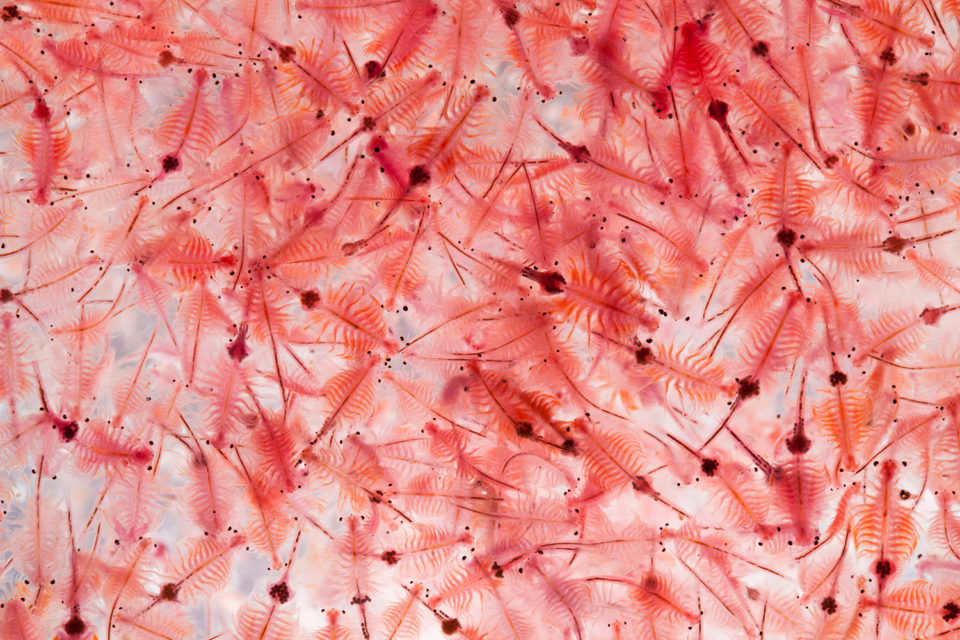
Once a luxury food enjoyed only sporadically, shrimp has become a seafood staple in the U.S. marketplace, with consumption at a record-high 4.6 pounds per capita in 2018 (a combination of both farmed and wild shrimp but about 90 percent is from aquaculture). According to the National Fisheries Institute, the U.S. trade association that compiles a Top 10 list of the most consumed seafoods each year, shrimp has a stranglehold on the No. 1 position since 2001.
Canned tuna might still be perched at the top of the list if weren’t for artemia.
Artemia (six species, including the common Artemia franciscana and Artemia salina) are brine shrimp that can exist for many years in a near-dormant state, protected in hard, shell-like cysts. Roughly the size of a grain of sand, the tiny shrimp are harvested in short windows of time each fall-winter season, an unheralded bounty of Utah’s Great Salt Lake and other high-saline lakes in places like China, Kazakhstan and Russia.
Their very existence is a curiosity, as artemia can survive at an incredibly low metabolic state for many years, only to be activated – virtually on demand – by being placed in water (more on that later). They emerge from their cysts as an ideal food source for hatchery-raised shrimp in the mysis and postlarvae stages of their development. Think of artemia as aquaculture’s baby food, and one of its most essential building blocks – many species of fish reared in hatcheries rely on artemia at the developmental stages.
https://www.aquaculturealliance.org/advocate/artemia-the-magic-powder-fueling-a-multi-billion-dollar-industry/
Artemia also happen to be a crucial resource for migratory birds like grebes, gulls and phalaropes. So the very question of whether the global aquaculture industry will have enough artemia for its future needs will yield different answers, depending on whom you ask. But it’s clear to even the top suppliers of artemia today that for farmed shrimp production to expand, other options are needed.
Salt of the Earth
If there is one point of agreement regarding brine shrimp, it’s that Utah’s Great Salt Lake is home to the world’s largest source, and also the source of best-quality product available. The unique fishery is run by the Great Salt Lake Brine Shrimp Cooperative. One of the most prominent member companies of the group, and by far the largest buyer, is INVE Aquaculture, based in Belgium. According to Athene Blakeman, the company’s managing director of advanced nutrition, the fishery has been historically competitive (and “quite excitable” at times) but under competent oversight since the formation of the cooperative. The fishery yields about 1,400 metric tons (MT) annually, roughly half of the global supply.
“The vast majority goes to aquaculture,” she told the Advocate. The fishery, which typically runs from October to January in Great Salt Lake, was “very good” in 2019, she said, while harvests from Russia and China were below average. In Utah, fishery officials monitor the levels of gravid (egg-bearing) females and end the harvest early if cyst counts are low. “It’s very well managed. It’s a success story.”
With artemia, quality may be more important than quantity, because if hatch rates are poor, the cost to the producer will remain high. That’s why INVE and a number of other companies are not just looking at ways to replace artemia, but to improve its performance, i.e. the number of shrimp that successfully break out of the confines of their cysts to fulfill their intended purpose.
“Great Salt Lake artemia is easier to hatch, more reliable to hatch, more predictable. The others, it depends on the [source] lake, but they are more likely to remain dormant for a longer period, with lower hatch rates,” Blakeman explained.
Along with the artemia that it sells to aquaculture hatcheries around the world, Inve offers several products to optimize performance, such as a cyst coating that aids the separation of the shells from the nutritional nauplii, with the aid of magnets (see photo below). Other products improve biosecurity measures or reduce the need for intensive light treatments to aid the hatching process.
“It’s important that companies like ours continue to innovate,” said Blakeman. “At some point we’ll be able to replace artemia, 100 percent. It will be achieved, I’m sure. But it will happen in line with industry demand. We have been working on a 100 percent replacement protocol since 2015. It’s progressing very well.”
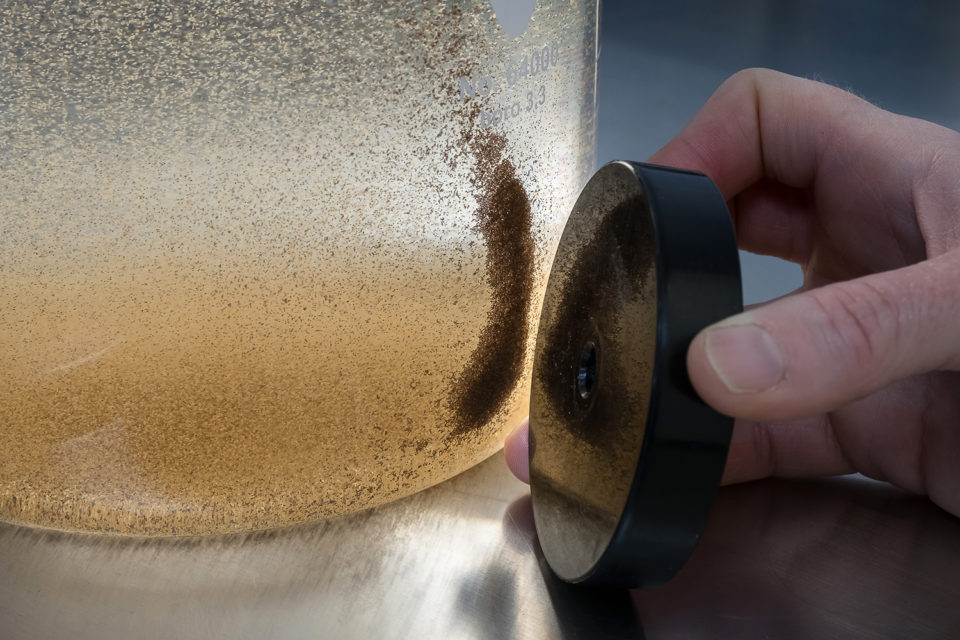
Encapsulating a replacement
Artemia replacements have been introduced and widely experimented with, but Giuseppe Saccone feels that most introduced to-date are not only ineffective but quite counterproductive.
Because postlarvae shrimp are not big enough to eat most formulated aquafeeds, Saccone said that new solutions to come along have been merely dried feed, crushed into dust-sized particles the tiny shrimp can theoretically handle. But this method not only fails to feed the shrimp properly, in his opinion, but it makes the water dirty and less hospitable for the animals. Because when feed nutrients leech into the water, harmful bacteria can thrive.
Saccone said his company, Norway-based Molofeed, is testing a microencapsulated feed that doesn’t leech nutrients into the water, keeping the water clear, functional and low in ammonium, which can be toxic to shrimp.
“Larvae don’t have a well-developed digestive system. We can hydrolyze protein in the capsules, soluble proteins, which are released only inside the shrimp,” he explained in April as he was in the midst of trialing his product on shrimp farms in northeastern Brazil. Progress has been slowed by the coronavirus pandemic, he said, pushing back the market-release date, which the Advocate previously reported was scheduled for this summer.
Patience, however, is not in short supply on Saccone’s side. He noted that development of this product has taken over a decade.
“We not testing to [fully] replace artemia yet,” he said, but he said that the use of frozen artemia, which he said has poor hatch rates, could be eliminated with Molofeed.
Tom Prins, head of dealflow for Netherlands-based investment firm Aqua-Spark, which counts Molofeed among its aquaculture-focused portfolio, said that whether or not there is currently a need to replace artemia, there is a clear opportunity to do so.
“Live feeds are associated with certain cost level. To some extent, this relates also to health issues, from the perspective of an increased risk of disease exposure,” he said, noting that artemia can carry pathogens that infect hatcheries. And while artemia remains the gold standard for hatchery feed, there are also opportunities for a replacement product to deliver even more focused nutrition, Prins added. “One could argue that the nutritional profile [of artemia] is suboptimal. Low survival, relatively high rate of deformities.”
Sergio Nates, a crustacean biologist who for years worked for noted U.S. aquafeed supplier Ziegler Bros. and joined Prairie Aquatech late last year to help the company push its Me-Pro aquafeed line, said 100 percent replacement of artemia would be “not impossible but very difficult” to achieve. Frozen krill might be a good candidate, he said, but not as a full replacement in itself.
“It’s like replacing fishmeal. You never get the same results,” he said of the attempts to replace artemia thus far. “When you try to cut the number of pounds or kilos of artemia used to get 1 million [postlarvae], you always impact those PLs, in terms of growth or survival. I don’t know that we’ll be able to fully replace artemia, if you ask me right now.”
One of the trickiest aspects of replacement, he added, is the simple fact that artemia are alive, an attribute that shrimp at that life stage require.
“Dinosaurs would not eat dead meat. Shrimp behave in the same way – they’re carnivores when they become mysis,” he said. “That behavior, of being a hunter, it is induced [with artemia], which moves and swims in the water. That’ll difficult to replicate.”
Nates, Saccone and Prins all firmly believe that there is indeed a pending artemia shortage when considering shrimp aquaculture’s growth trajectory. Prins estimated (prior to the coronavirus pandemic) a CAGR of 5.6 percent for farmed shrimp over the next decade.
“You could then argue the available amount of artemia per shrimp produced would be halved by 2030,” said Prins. “We’ll need to harvest a lot more artemia or create high-quality microdiets. There’s been a lot of the success in salmon farming, where salmon larvae accept formulated feeds as first diets, yielding survival rates of up to 90 percent. We think that moving to higher-quality formulated diets catered and formulations for optimal performance could see improvement in yield and efficiencies in shrimp hatcheries.”
Dinosaurs would not eat dead meat. Shrimp behave in the same way – they’re carnivores when they become mysis.
Still the best, and the most expensive
Price fluctuations are part of the artemia story, said Blakeman of INVE. A kilogram of artemia can range in price from $40 to a $100 or more, she noted, based mainly on anticipated hatch rates and nutritional quality.
“There’s massive variation with hatching efficiency,” she said.
Until a clear-cut improvement over artemia emerges, brine shrimp will remain part of the farmed shrimp formula indefinitely. Prins of Aqua-Spark gives artemia credit for bringing the industry to the point it’s reached, along with the science, hard work and dedication by Belgian researchers over the years.
But technology can carry the industry even farther, he said, pointing to Molofeed as “not just a feed – it’s a technology, with the potential to deliver bioactive peptides, probiotics, immunostimulants. It’s a delivery platform for high-quality health product and nutrients.”
Hatchery feeds are more sophisticated than grow-out feeds, noted Blakeman of Inve, but she insisted that a complete feeding protocol is as important as the feed itself.
“[If you] focus on the diet itself, you’re only going part of the way. Raising fish and shrimp, the focus is on survival and growth rates. It’s about economics.” she said. “By constantly working with our customers in the way they apply the feed, we can get a lot more out of what they have. Our health tools help to get the most out of the feeds, promoting a healthier environment for the animal, and a healthier microbiome within the animal which improves feed conversion ratio.”
So, is an aquaculture baby food bottleneck on the horizon? Not in the short or mid-term, said Blakeman.
“[There’s] a healthy balance for supply and demand for the next few years,” she said. “Artemia is here to stay.”
Follow the Advocate on Twitter @GAA_Advocate
Now that you've reached the end of the article ...
… please consider supporting GSA’s mission to advance responsible seafood practices through education, advocacy and third-party assurances. The Advocate aims to document the evolution of responsible seafood practices and share the expansive knowledge of our vast network of contributors.
By becoming a Global Seafood Alliance member, you’re ensuring that all of the pre-competitive work we do through member benefits, resources and events can continue. Individual membership costs just $50 a year.
Not a GSA member? Join us.
Author
-

James Wright
Editorial Manager
Global Aquaculture Alliance
Portsmouth, NH, USA
Tagged With
Related Posts
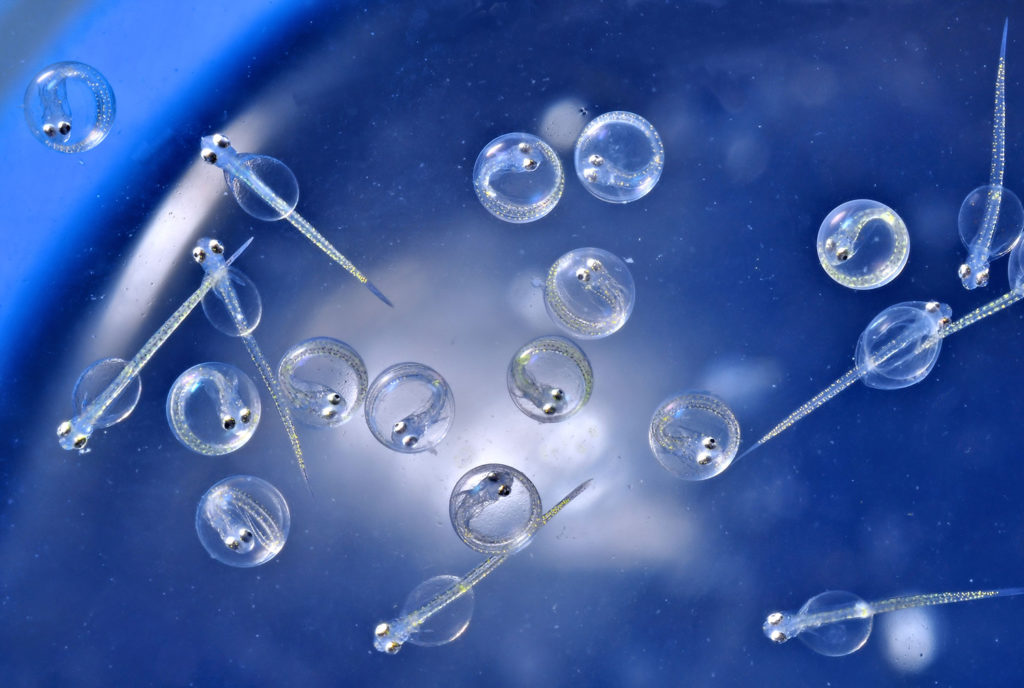
Innovation & Investment
Early-stage diet innovator secures Aqua-Spark investment
The Netherlands-based investment fund is backing a proprietary micro-encapsulation technology that aims to replace live-feed needs for early-stage fish and shrimp.
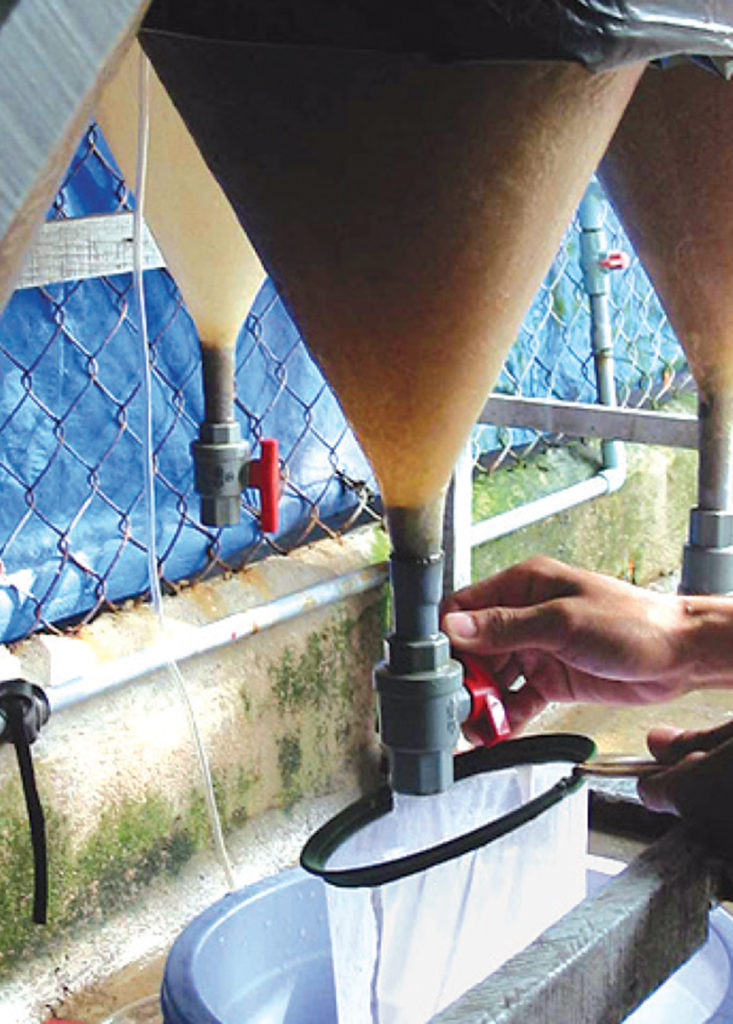
Aquafeeds
Artemia replacement diets for penaeid shrimp
At shrimp hatcheries, artemia replacement diets are used to replace live artemia, but complete replacement in commercial conditions remains a challenge.
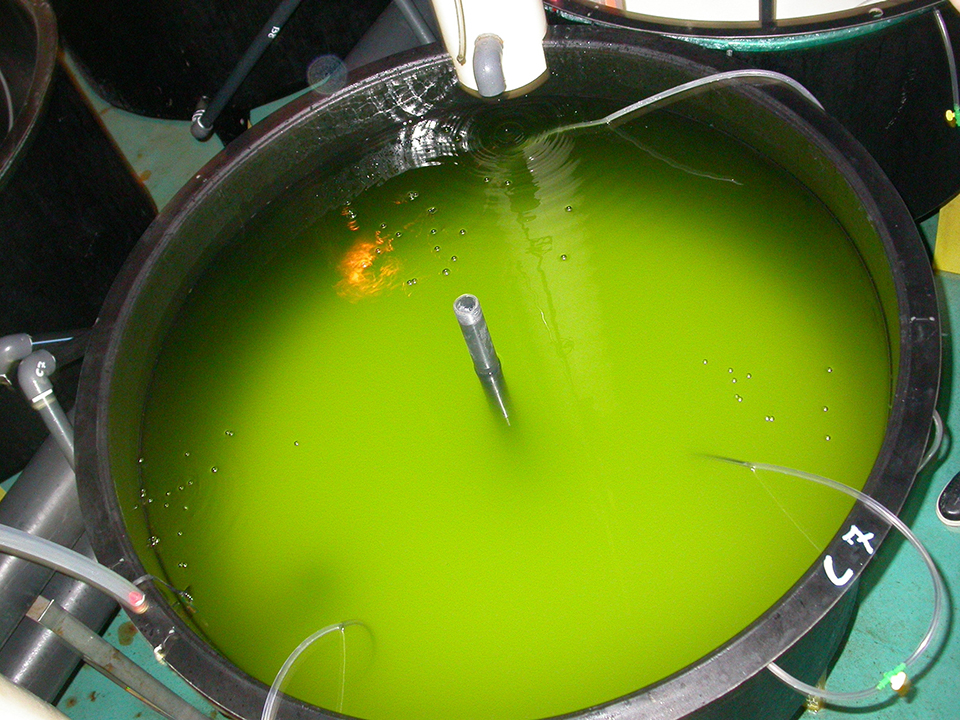
Health & Welfare
Algae alternatives serve in larval rearing of sea bream
Sea bream fry are produced using the greenwater technique in which microalgae are added to larval-rearing tanks during the first 20 to 30 days after hatching.
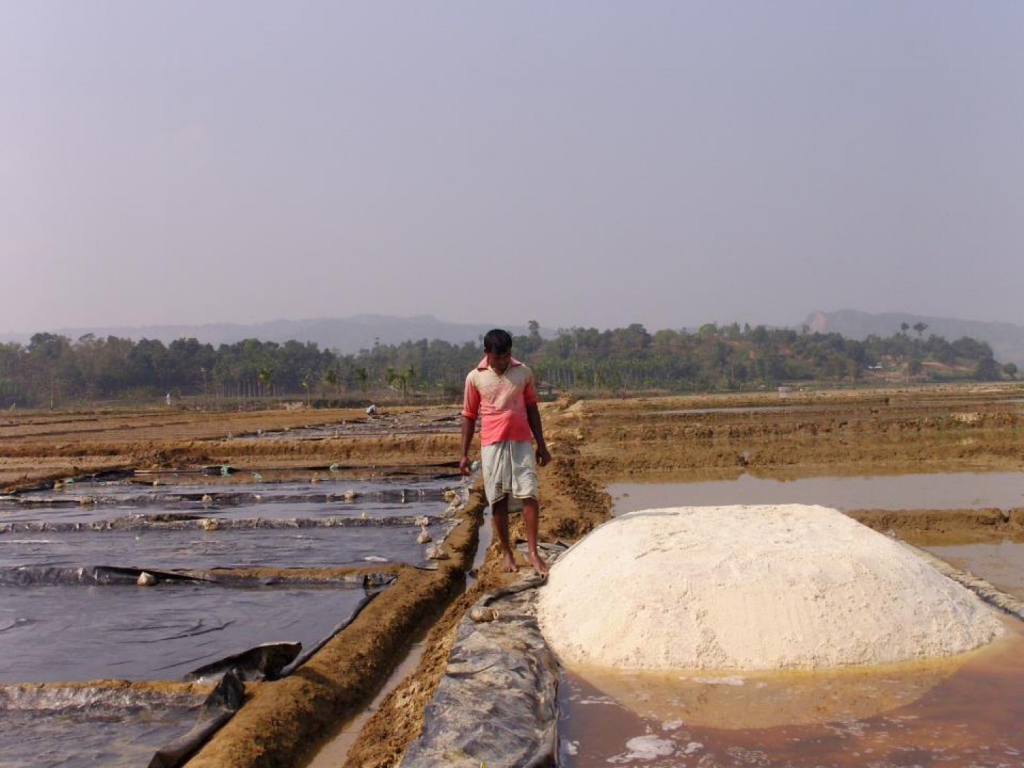
Innovation & Investment
Artemia, the ‘magic powder’ fueling a multi-billion-dollar industry
Artemia, microscopic brine shrimp used as feed in hatcheries, are the unsung heroes of aquaculture. Experts say artemia is still inspiring innovation more than 50 years after initial commercialization. These creatures are much more than Sea-Monkeys.

